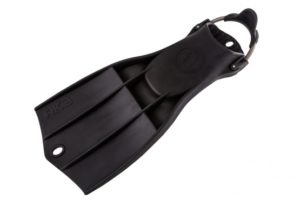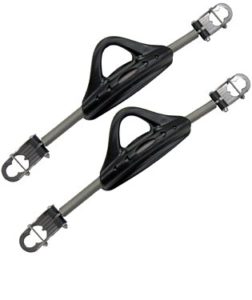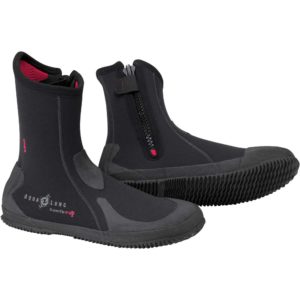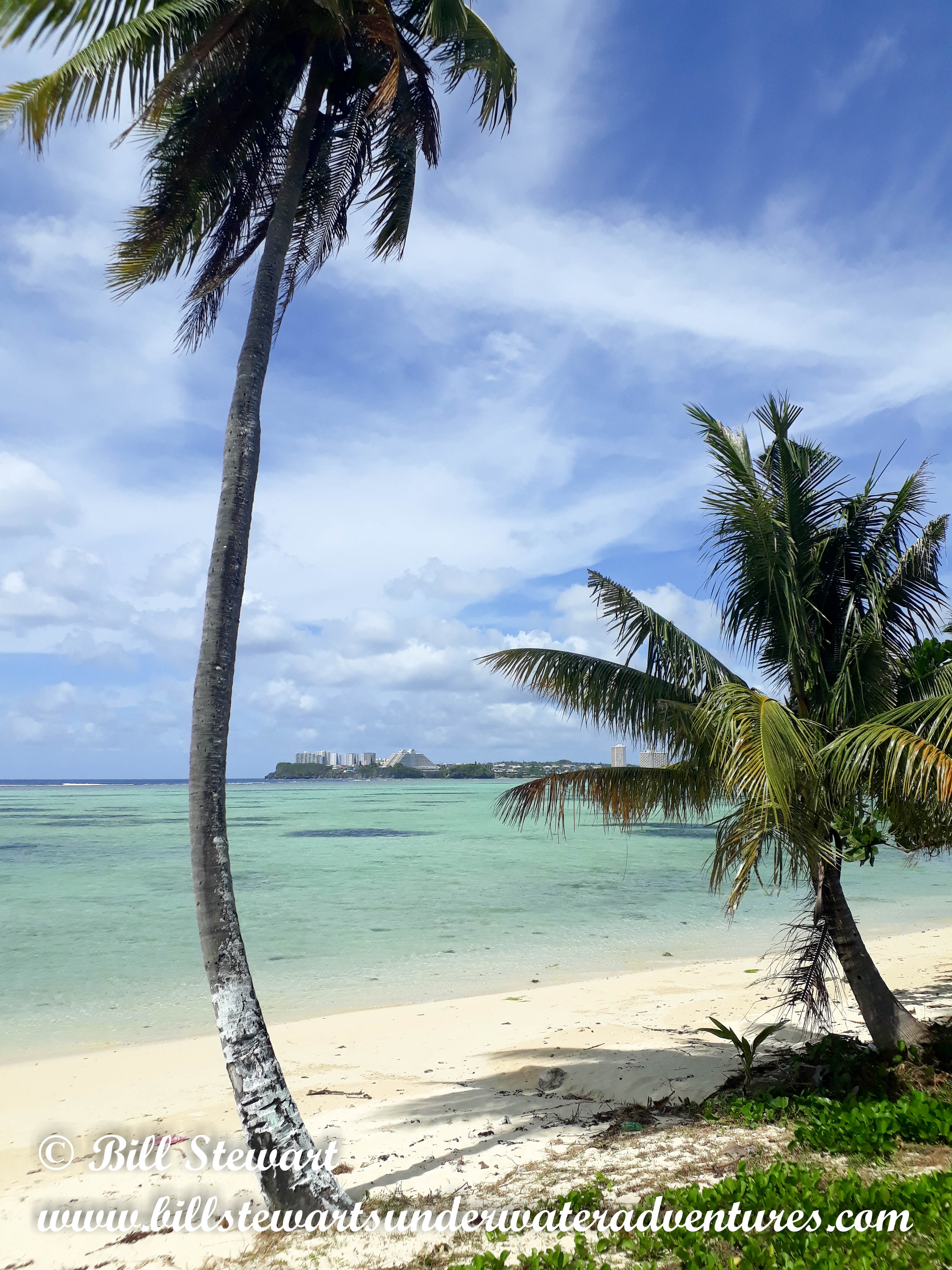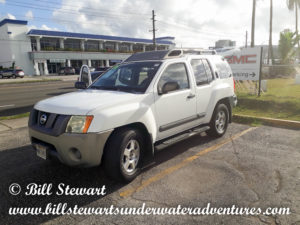“With this small number of cases, everything is currently still hypothetical and further studies will bring more clarity next year.”- Dr. Frank Hartig (Senior Physician-Emergency Medicine/Intensive Care Department at Innsbruck University Hospital, Germany)
I came across the article that is linked above and decided it was important enough to make time for a blog post. I realize it’s been a while since I’ve written. Life gets in the way sometimes and between school, Facebook, and teaching the occasional scuba course, I’ve been staying busy. I’ve often joked that just Facebook could be a full-time job! Many of you know (perhaps some don’t) that I’m quite active on Facebook. I have my blog page there where I share anything and everything related to diving and the underwater world. I’m also an Admin for a couple of groups, Philippine Paradise Divers and Philippines Underwater Adventures as well as helping out as a Moderator at Asia-Pacific Divesite Information.
School takes up a significant amount of time (more than Facebook actually) too. It feels like even more time now that all our classes have shifted online due to COVID-19. For those of you who are visiting my blog for the first time, I’m working on a Bachelor of Science in Biology at the University of Guam. I should be studying right now but this news I felt needed to be brought to peoples attention.
The article from the link at the beginning of the post, appears in Wetnotes, a German dive publication. The original article is in German so unless you happen to be able to read German, you will need a translator. I have Microsoft Translator installed on my computer and have found it to be very handy. There are also a number of similar apps out there that can be installed on your computer, tablet, or phone. Online translators that will allow you to translate the original article are out there too. Results will vary some, but are generally pretty good.
The title translates from German as “Diving After COVID Disease?” Why the question mark? When you read the article you find that it discusses in a fair amount of detail what was found with 6 divers who were treated in Germany for COVID-19. When examined 5-6 weeks after becoming ill, although now negative and outwardly healthy, none could be cleared to dive! Troubling, but still it’s only 6 people at this point. We still don’t know if there is something unique about these 6 that made them more susceptible?
Written by Dr. Frank Hartig, who although not a diving medicine specialist, is a senior physician working with emergency and ICU patients. Dr. Hartig is also an avid diver himself. He doesn’t draw any conclusions yet but what they’re seeing is concerning.
For those who may not be familiar with all the terms used in the original article, I’ve expanded on some of them below with an explanation of what they mean. These patients were all divers, relatively young, and exhibited only mild symptoms when they were ill. Some of the things they discovered included:
Noticeable lung shunts (this happens when de-oxygenated blood is passed from the right side to the left side of the heart without participating in gas exchange) caused by lung consolidations (a lung consolidation is an area that is normally compressible but now isn’t because it’s filled with fluid).
Bronchial hyperexcitability (Also called “hyperresponsiveness” it’s a symptom of asthma and is a state in which bronchial spasms are easily triggered. Imagine having an “asthma attack” while scuba diving).
Exercise hypoxemia (Hypoxemia is an abnormally low concentration of oxygen in the blood. When induced by exercise it means the individual is exceeding the body’s ability to meet the metabolic demand for oxygen).
Increased susceptibility to pulmonary oxygen toxicity (Divers who are certified for nitrox understands the dangers of oxygen toxicity. For us it relates to partial pressures. For patients in a hospital it relates to SiO2, and the problem is due to infiltrates/consolidations that affect the lungs ability to extract oxygen)
Any of these problems would be contraindications for medical clearance to dive (both scuba diving and freediving) and in fact, none of the six individuals are cleared to dive at this moment. It’s too soon to tell if this will be permanent, but there are concerns it could be. Time will tell.
Any scientist will tell you, that first one comes up with an idea or explanation (a hypothesis) based on the facts they know. Then they test that idea with further investigation and with the goal of finding either more evidence to support their idea or to disprove it. In either case something is learned. If disproven, then hopefully enough is learned to come up with a new and better hypothesis. Only when well supported by the evidence does something progress from beyond that.
Probably it should be obvious that Dr. Hartig wrote the article because, as a diver himself, he wanted this information known in the community. He believes that divers who have had COVID-19 need to be aware that the disease is suspected to cause problems for them. What they have discovered in Germany has not been determined to apply to everyone. The jury is still out on that. It’s still being investigated. But at this point, it is concerning. It may be a good idea to err on the side of caution with a thorough examination before returning to diving if you’ve had COVID-19. Getting checked out periodically isn’t a bad idea even during normal times and these times are far from normal! Let’s hope for the best in the meanwhile!
Best to everyone that is reading this and stay safe!




